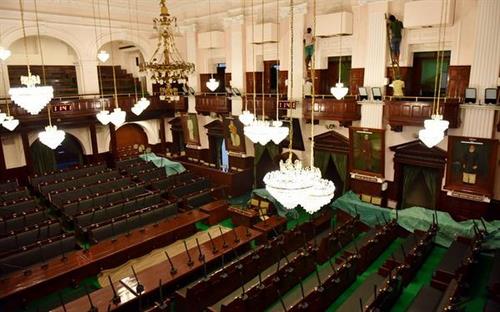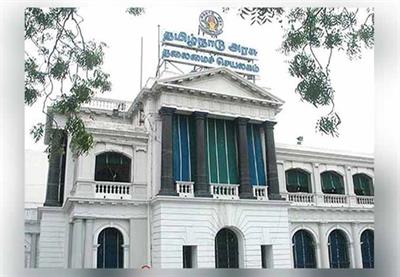
PUMPA - SMART LEARNING
எங்கள் ஆசிரியர்களுடன் 1-ஆன்-1 ஆலோசனை நேரத்தைப் பெறுங்கள். டாப்பர் ஆவதற்கு நாங்கள் பயிற்சி அளிப்போம்
Book Free DemoIn this module, we will learn about the role of Chief minister and meaning of council of ministers.
Appointment:
The Chief Minister is the real executive authority in a state administration.
To become a Chief Minister, you should have completed 25 years of age and should be an MLA or, in case of MLC, you should have completed 30 years of age.
To become a Chief Minister, you should have completed 25 years of age and should be an MLA or, in case of MLC, you should have completed 30 years of age.
Election: The Governor has to appoint the leader of the majority party in the state legislative assembly as the Chief Minister.
A person who is not a member of the state legislature can be appointed as Chief Minister for six months, within which time, he should be elected to the state legislature, failing which he ceases to be the Chief Minister. the Chief Minister may be a member of any of the two Houses of a state legislature
A person who is not a member of the state legislature can be appointed as Chief Minister for six months, within which time, he should be elected to the state legislature, failing which he ceases to be the Chief Minister. the Chief Minister may be a member of any of the two Houses of a state legislature
Power and Functions:
- CM allocates the portfolios (Minister departments) among the ministers.
- Chief Minister formulates schemes and policies for the welfare of the people of the state.
- As a leader of the state, he meets various sections of the people and receives memoranda from them regarding their problems.
- He advises the Governor with regard to the appointment of important officials like advocate general, chairman and members of the state public service commission, state election commissioner, and so on.
Council of Ministers:
The council of ministers headed by the Chief Minister is the real executive authority in the administrative system of a state.
The council of ministers headed by the Chief Minister is the real executive authority in the administrative system of a state.
The Chief Minister shall be appointed by the Governor and the other Ministers shall be appointed by the Governor on the advice of the Chief Minister.
The total number of ministers, including the chief minister, in the council of ministers in a state shall not exceed 15 per cent of the total strength of the legislative assembly of that state. But, the number of ministers, including the chief minister, in a state shall not be less than 12.
The total number of ministers, including the chief minister, in the council of ministers in a state shall not exceed 15 per cent of the total strength of the legislative assembly of that state. But, the number of ministers, including the chief minister, in a state shall not be less than 12.
The council of ministers shall be collectively responsible to the State Legislative Assembly. All the ministers work as a team under the Chief Minister. A smaller body called cabinet is the nucleus of the council of ministers.

Fort St. George:
It is a fort in Chennai. First English fortress in India built in the year 1639. The fort currently houses the Tamil Nadu legislative assembly and Secretariat of Tamilnadu.
It is a fort in Chennai. First English fortress in India built in the year 1639. The fort currently houses the Tamil Nadu legislative assembly and Secretariat of Tamilnadu.

Reference:
https://www.thehindubusinessline.com/news/national/tamil-nadu-assembly-to-meet-on-january-23/article9476052.ece
https://timesofindia.indiatimes.com/city/chennai/quash-appointment-of-tamil-nadu-house-secretary-says-petition/articleshow/63195639.cms